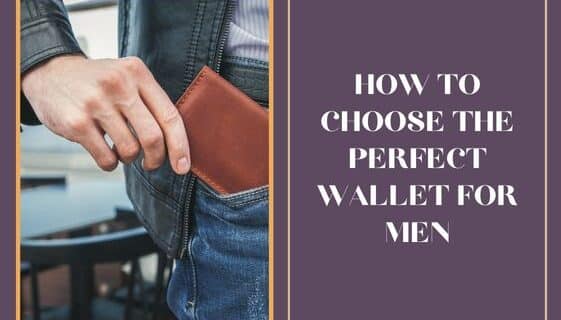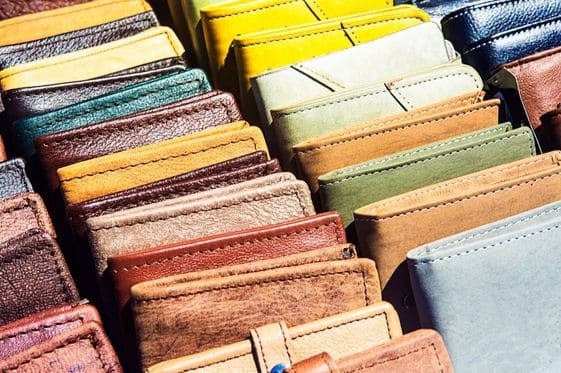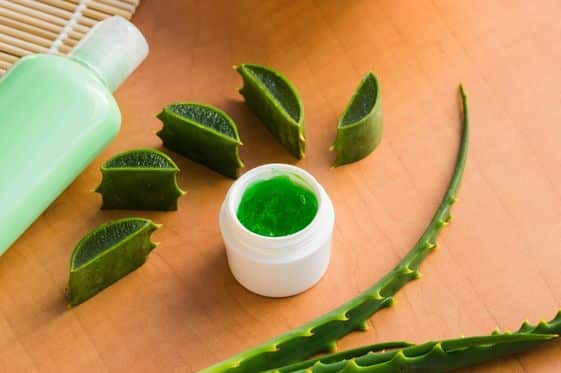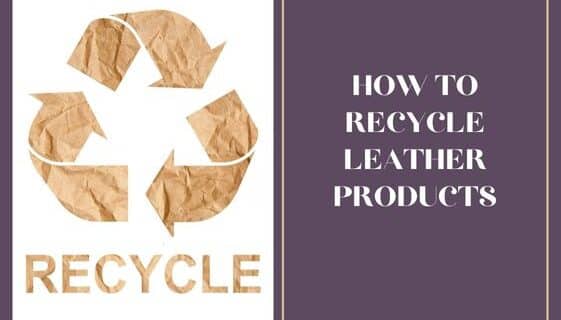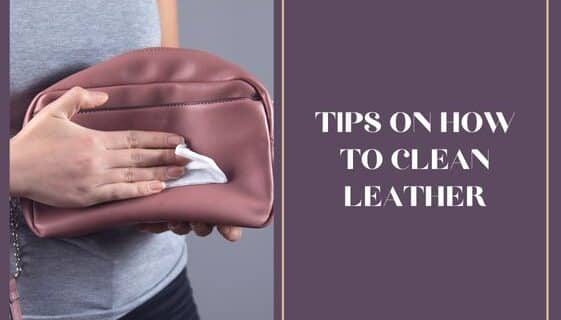
The power of the Made in Italy Brand
All over the world the best term that represents the idea of Italian products is “Made in Italy”. The popularity of this expression, which over time has been increasingly successful, is due to the grandiose creativity and famous mastery of artisans operating in Italy. Even today, Made in Italy products enjoy incredible trust from international buyers, thanks to their elegance, refinement and very high quality, elements that distinguish them from any other object on the market. But have you ever wondered why?

Why choose a 100% Made in Italy product?
There are many reasons why Made in Italy products are better than others. Italian production has always been synonymous with quality and style, and precisely for this reason, when we talk about products Made in Italy, certain unmistakable characteristics are highlighted. These include the high quality level of materials, the indescribable attention to detail and the ability of a product to last over time. Elegance and Sophistication, more aesthetically focused characters, also make Made in Italy products unique and desired all over the world.
When can you really define a Made in Italy product?
Following the continuous counterfeiting by those who used the “Made in Italy” brand illegally, in 2009 a new directive appeared to protect companies that daily engage in the defense of production on Italian territory. According to this legislation, a product can be considered “100% Made in Italy” only when it has been made exclusively in Italy or when it has undergone a fundamental processing stage in Italy.
The importance of supporting Made in Italy today
In today’s globalised world, which is severely affected by a major economic crisis, the level of competition on international markets has become ever higher, also due to the emergence of new industrial powers. Nowadays it is not uncommon to see politics promote laws that asphyxiate the craft sector in favor of multinational chains, favoring the spread of approved products that lack the typical quality of Made in Italy.
Precisely for this reason it is increasingly important to support local artisans and small traders, who through a history handed down from generation to generation, try every day to create high quality artifacts, entirely produced in Italy.
Florence Leather Market: a 100% Made in Italy story
We too at Florence Leather Market, as proud craftsmen since 2007, are great supporters of Made in Italy. For us it is essential that one of our products is made 100% in Italy, so as to offer the highest quality and monitor every detail in the production phase.
Everything we produce is 100% made in Italy, using materials with a high quality level and dedicating great attention to detail. The slower the product is made, the longer it will be able to last. We sign all our products with a label or with a gilding that certifies the production in Italy, “Made in Italy”.
Follow us on Instagram to browse all our Italian made products.




